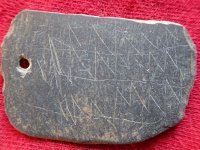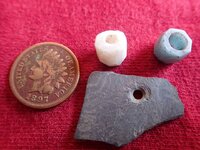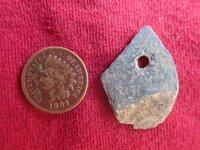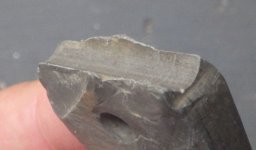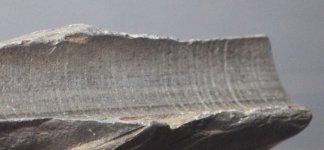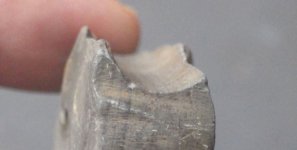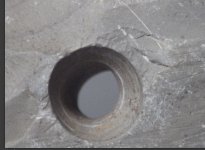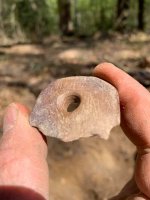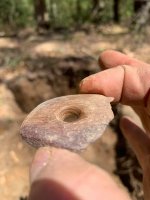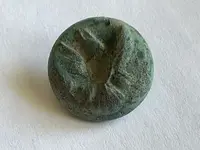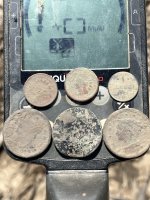OntarioArch
Sr. Member
Using just a magnifying glass, I do not see any 'machine marks' like from a file, sandpaper, Dremel, or industrial grinding wheel.
The holes look like they were started wide, then taper narrower as the depth increased....and holes are drilled in from both sides.
I do not see any circular machine marks like a steel drill bit would leave inside the holes;
The drilled holes from each side do not line up perfectly - close, but they are offset a bit.
Both artifacts, but especially the Curvy One, exhibit tapering of the thickness from one end to the other. Curvey One actually bows to a significant extent.
Patina? I have no idea what patina on a slate gorget should look like vs. a modern reproduction.
I hope they are authentic, but more importantly I want to learn how to determine authenticity of slate gorgets and if these are indeed not authentic....I want to know!
Purchased at an estate sale in upstate New York. No provenance. Thanks for the help!
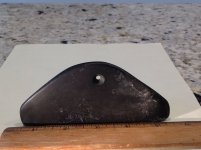
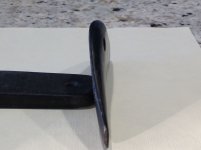
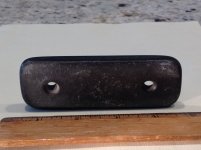
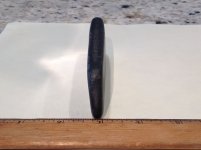
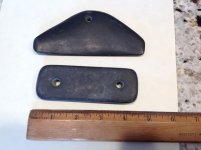
The holes look like they were started wide, then taper narrower as the depth increased....and holes are drilled in from both sides.
I do not see any circular machine marks like a steel drill bit would leave inside the holes;
The drilled holes from each side do not line up perfectly - close, but they are offset a bit.
Both artifacts, but especially the Curvy One, exhibit tapering of the thickness from one end to the other. Curvey One actually bows to a significant extent.
Patina? I have no idea what patina on a slate gorget should look like vs. a modern reproduction.
I hope they are authentic, but more importantly I want to learn how to determine authenticity of slate gorgets and if these are indeed not authentic....I want to know!
Purchased at an estate sale in upstate New York. No provenance. Thanks for the help!





Upvote
0



